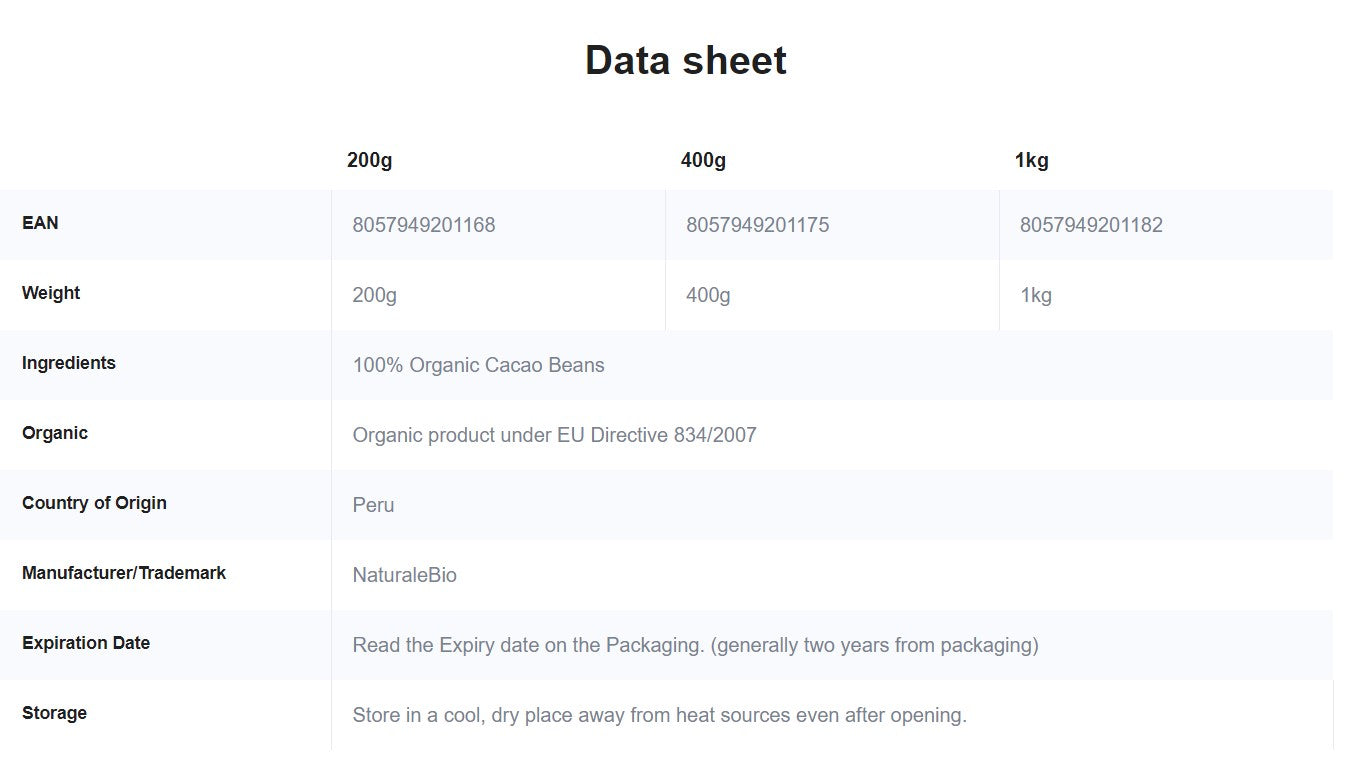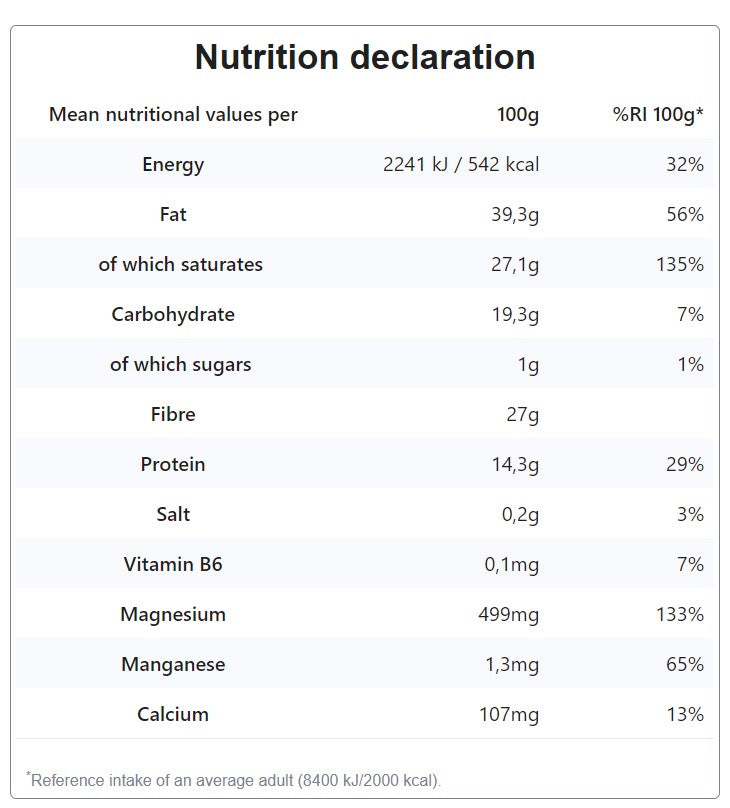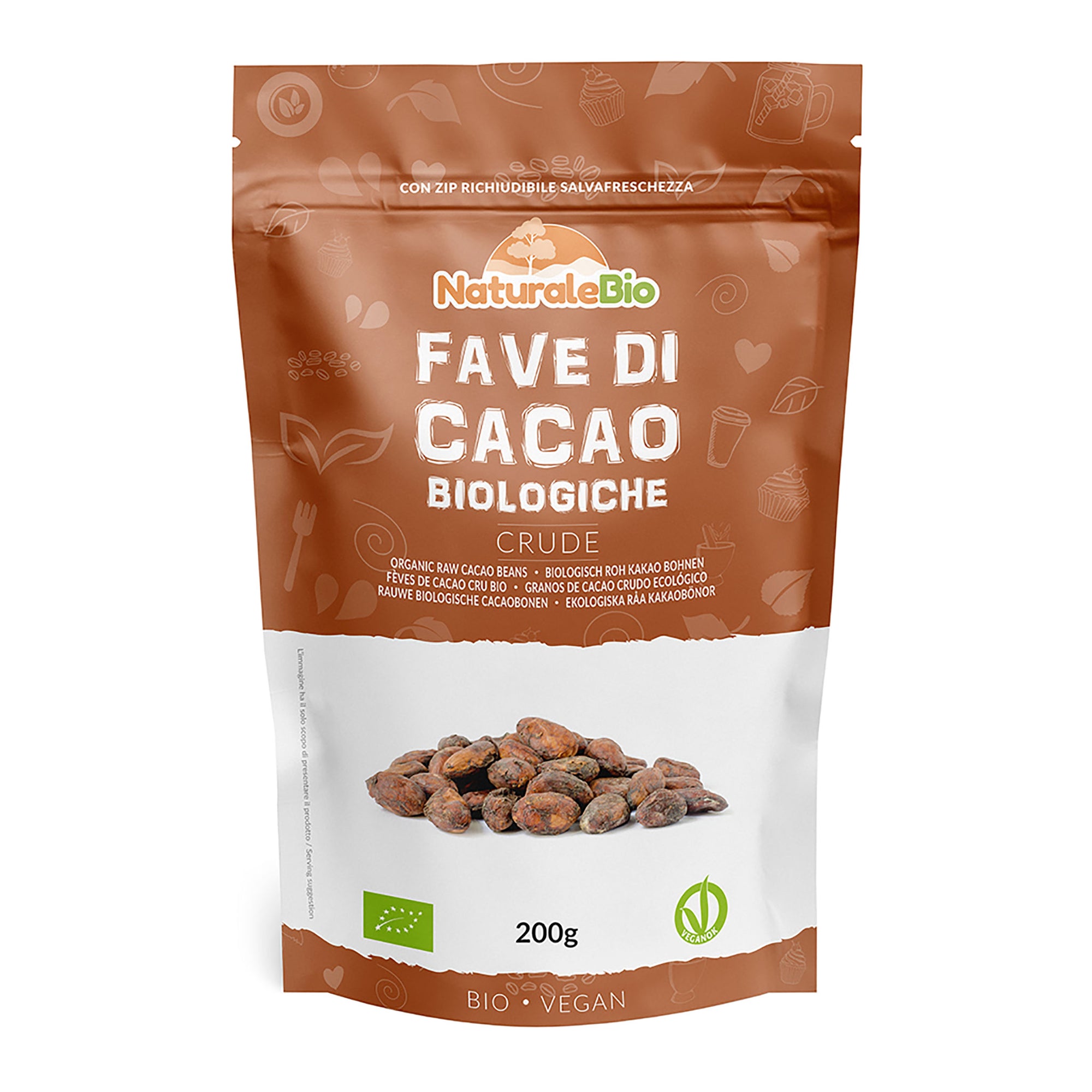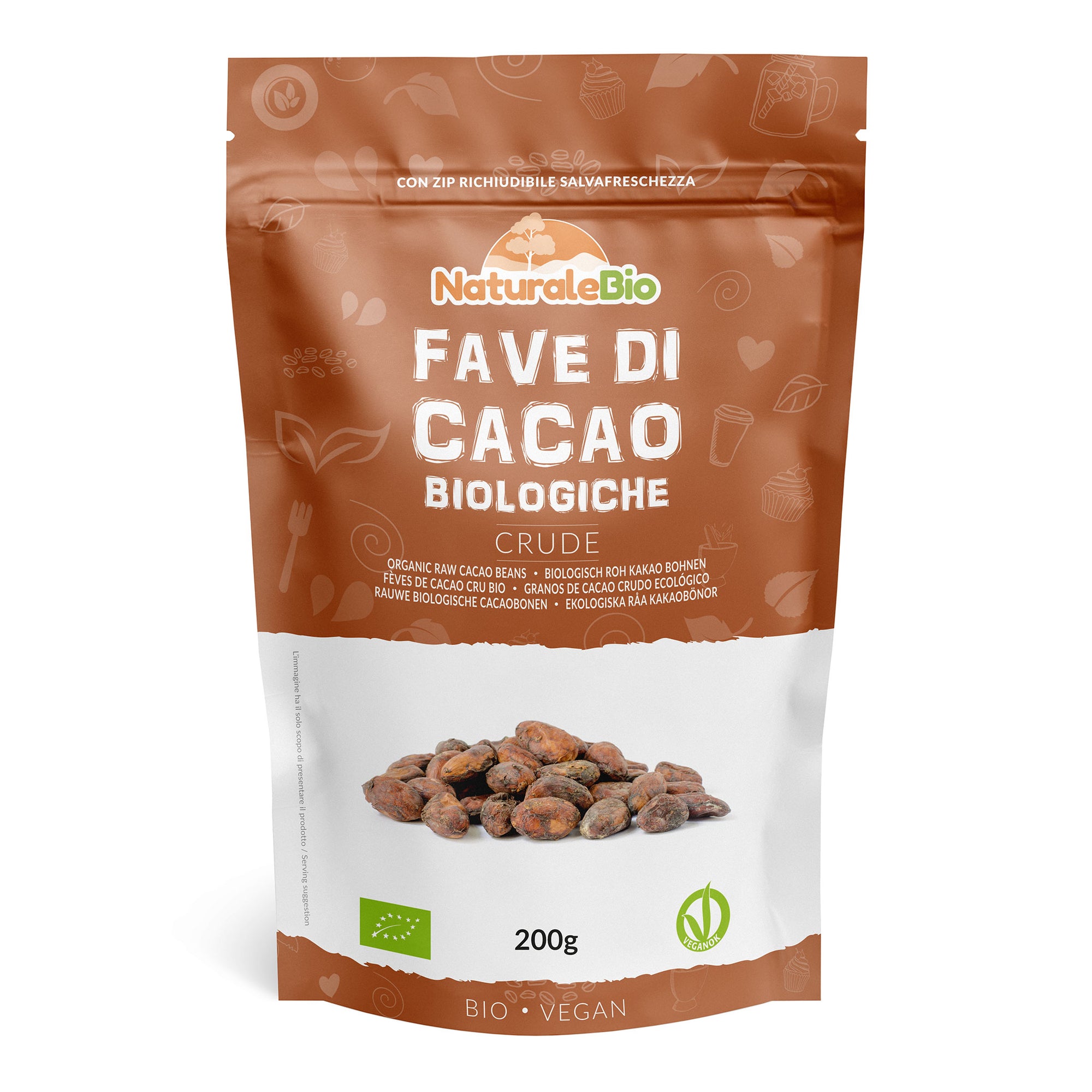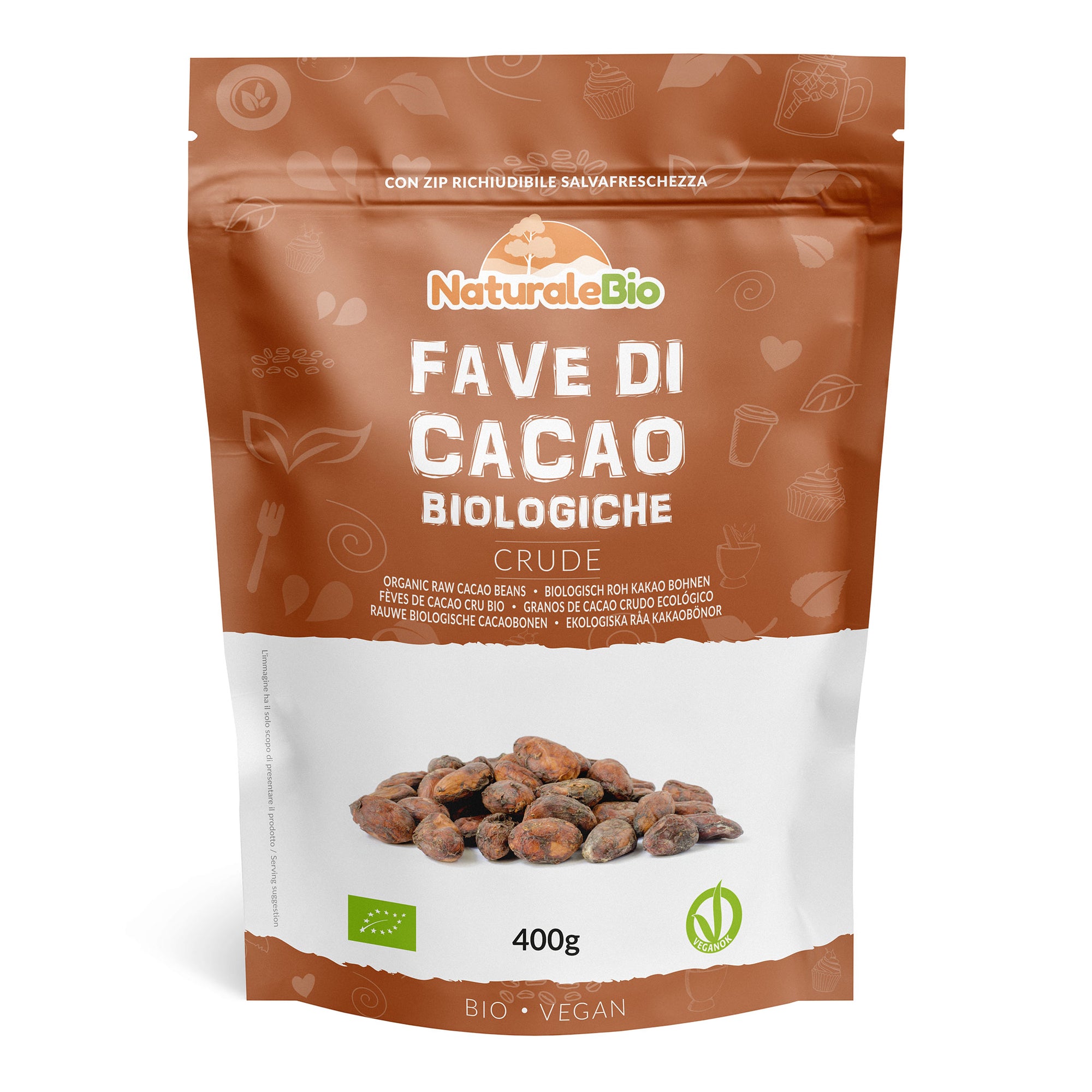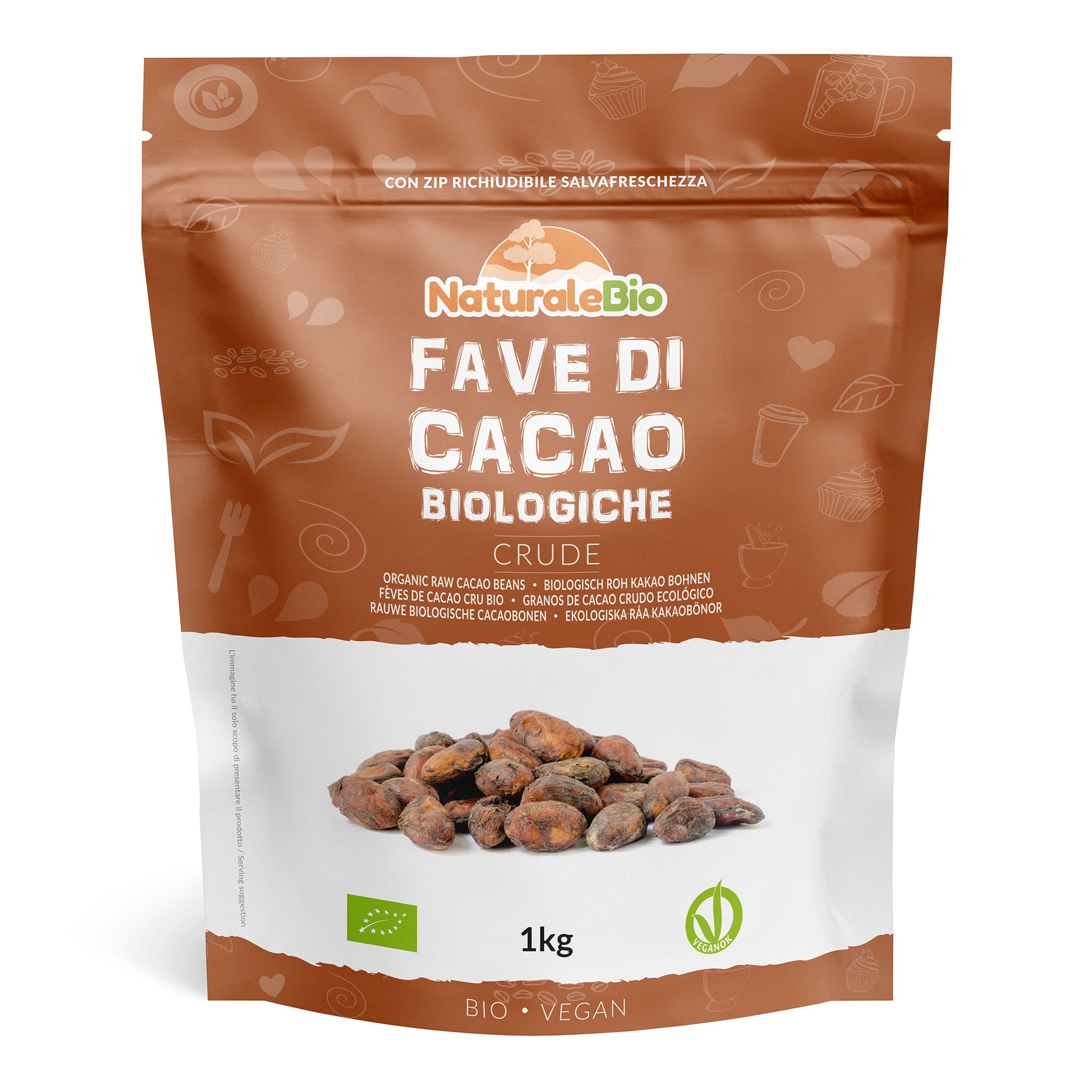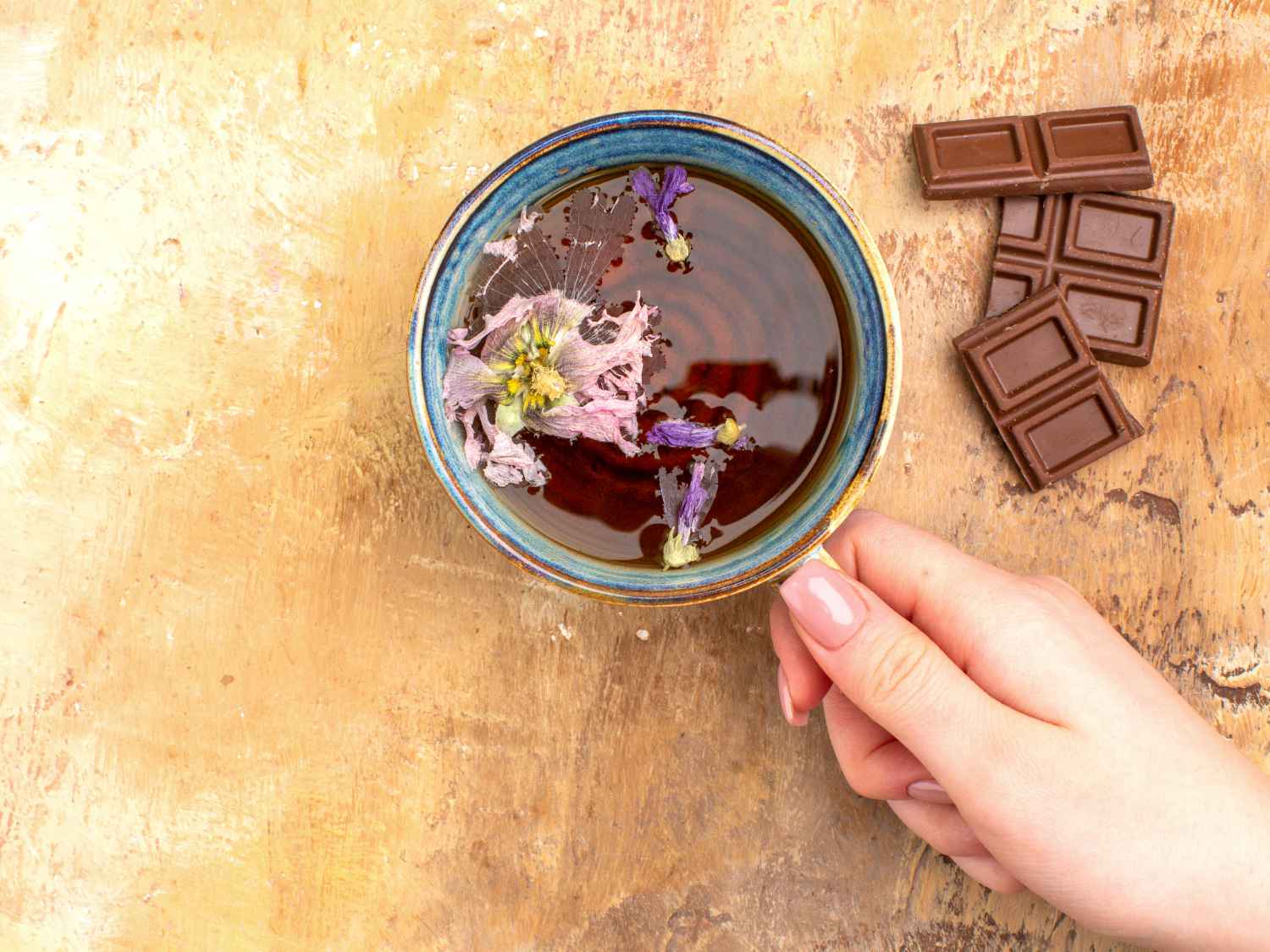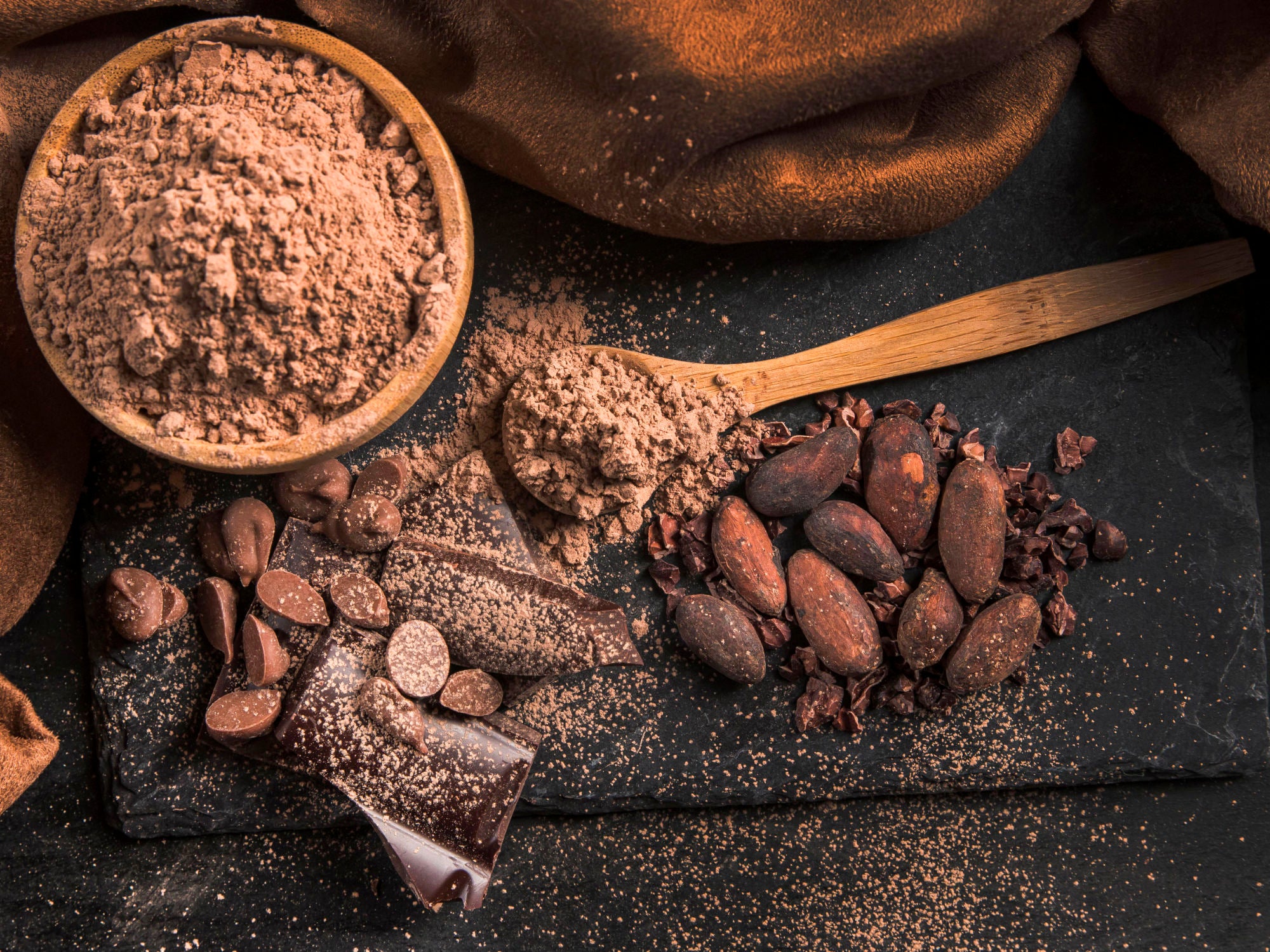
Organic Raw Cacao Beans. 100% Peruvian, Natural and Pure. Made in Peru from The Theobroma Cacao Plant
- Regular price
- €8,99 EUR
- Unit price
- per
Couldn't load pickup availability.
-
100% organic
-
Global superfood
-
Free Shipping
Features
Produced in Peru
Cacao is what Linnaeus named Theobroma, or ‘Food of the Gods’, from the Greek ‘theos’ meaning ‘god’ and ‘broma’ meaning ‘food’. The cacao plant is a tropical tree whose natural habitat is the lowest layer of the rain forest. Its favourable habitat is therefore the tropical rain forest, which has a more or less constant climate throughout the year, with abundant and regular rainfall.
Raw Cacao Beans
Cacao requires complex and long processing. The beans are harvested manually and dried at low temperatures to retain all the plant's natural nutrients.
Certified Organic and Vegan
100% Pure and Organic. Produced without pesticides and unnatural chemical fertilisers which can harm the body and our general health. Produced in Peru. Certified organic by supervisory boards authorised by the Ministry of Agriculture.

Useful information
What is Cacao?
Cacao is what Linnaeus called Theobroma from Theos, meaning "god", and broma "food" or food of the gods. It brings well-being and satisfaction and science now confirms that cacao not only makes you happier, as it is able to promote the production of endorphins, but also healthier. The plant's treasures are undoubtedly contained mainly in the beans enclosed in its fruit pod. The beans can be eaten raw or they can be made into nibs or powder depending on how they will be consumed.
The Cacao Plant
The wild cacao plant is very diversified. Throughout its history it has given rise to a huge variety within its species due to numerous mutations. The plant grows upwards, reaching heights of 2 metres then the branches extend to form a roof, reaching up to 3 metres. The cacao plant bears fruit in a continuous cycle, but in general each plant has two crops, one before and one after the rainy season. It takes about 6 months from flowering to the ripening of the pods, which are the fruit. The life of a plant is about 25 years and it is not a plant suitable for intensive cultivation.
Where Cacao is grown
Cacao is a tropical tree whose natural habitat is in the lower layer of the rainforest. All cacao species need regions where the temperature and humidity are high, rains are intense and the shade is dense. The plant only grows below 1000 m altitude on slightly acidic and moist but well-drained soils. Its preferred habitat, therefore, is in tropical forests where it finds a constant climate all year round with abundant precipitation well distributed throughout the year.
History of Cacao
The earliest evidence of rudimentary chocolate production dates back to 1800 BC in the areas of Central America in today's Mexico. Mayan history is also closely connected to cacao; they were probably the first to cultivate the plants. Cacao was also very important from an economic point of view and, with the development of the Toltec and Aztec civilisations, cacao beans were also used as money. Christopher Columbus was the first to become aware of cacao when, in 1502, the Aztec chief offered the white explorers from far away hospitality and cacao beans, the currency of the country. Cacao subsequently arrived in Europe and is still appreciated all over the world. Today cacao beans are a commodity and thus a primary product that constitutes a fundamental item of international exchange with a single global valor.
Taste & Texture
Our cacao comes from organic farming. Cacao is available as beans, nibs or powder. Cacao beans retain all the nutritive properties of cacao as they are dried at low temperatures and then they are cleaned and divided according to size. Cacao can have varied aromas but they must be intense and persistent. To the touch, and by touch we mean the tactile sensations when the tongue comes into contact with cacao, the cacao should display fineness and roundness, while astringency or the sensation of diminishing salivation must be almost absent.
How to consume Cacao Beans?
Organic cacao beans are considered the best way to include this precious food in your diet. Cacao beans can be eaten as a convenient snack or used in smoothies or desserts. They can also be used to obtain nibs or cacao powder depending on the grind.
Cacao Recipes
Cacao beans can be used in the following ways:
- as a chocolate shake
- as an ingredient for homemade cakes and desserts
- in confectionery
- in smoothies
- when making biscuits
- to obtain cacao nibs
- to obtain cacao poder
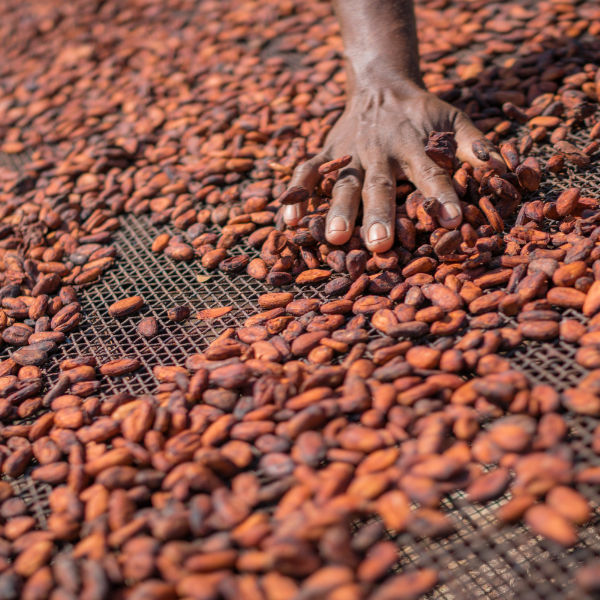
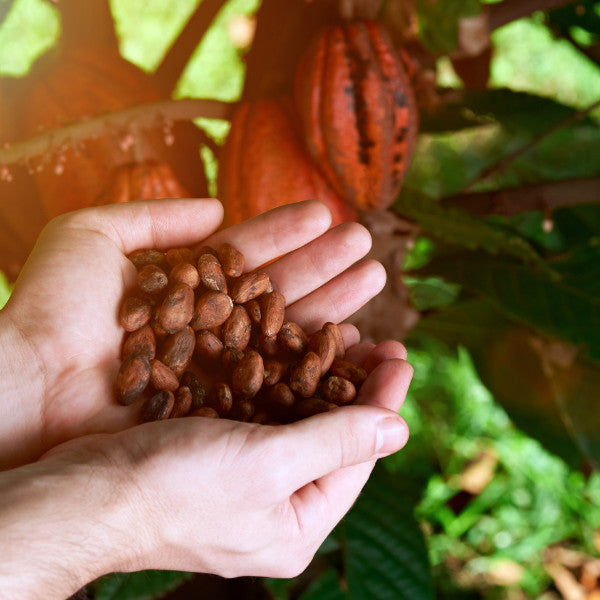
Recipes with Cocoa Bean
-
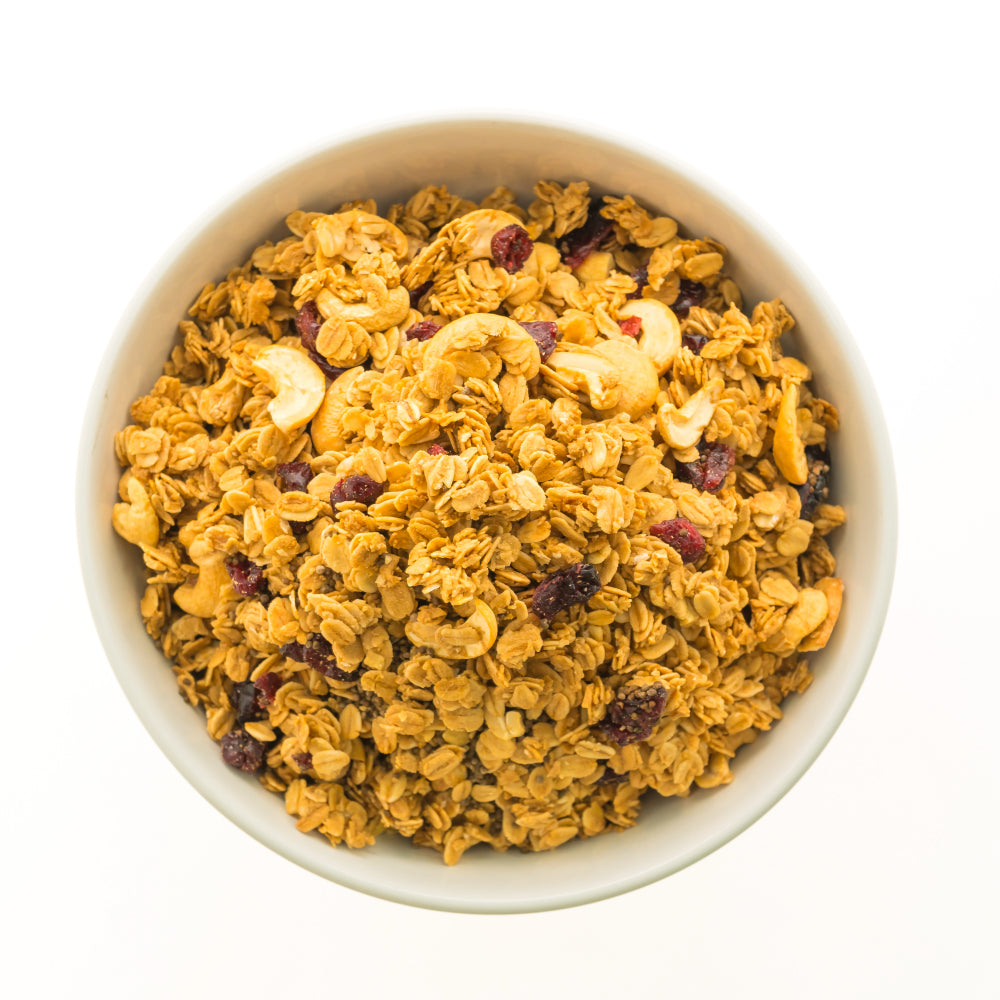
Granola
Prep time: ~30 min
Irresistible crunchy morsels that you can add to milk, almond or soy or mix with yogurt!
Ingredients
- 150g oat flakes
- 2 tablespoons maple syrup
- 2 tablespoons barley malt
- 1 tablespoon NaturalBio coconut oil
- 50g pumpkin seeds, sunflower ginger and NaturalBio Cocoa Grits
- 1 pinch of salt
- 1 pinch of cinnamon
Preparation
In a bowl, pour the flakes, seeds, cocoa grits, cinnamon and salt. Mix the liquids (maple syrup, barley malt and the coconut oil) separately. Combine the liquids with the dry ingredients and mix everything together. Spread the granola on a baking sheet covered with parchment paper and bake for about 15-20 minutes at 180° until golden brown. Now you can add these irresistible crunchy morsels to milk, almond or soy or mix them with yogurt!"
-
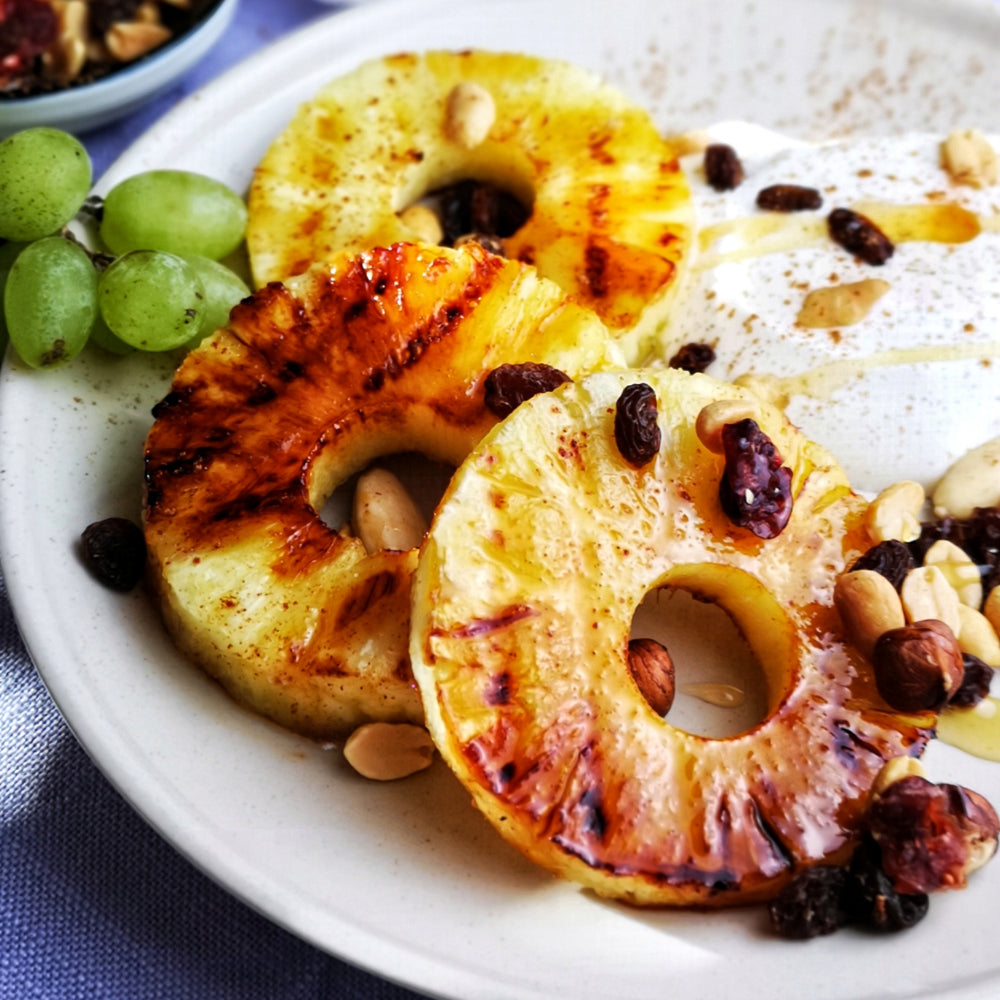
Caramelized Pineapple
Prep time: ~10 min
A recipe that smells like summer and incredibly simple...
Ingredients
- 1 Pineapple
- 1 organic lemon
- Mix of berries
- Mint leaves
- 2 cups of raisin wine
- 2 cups of water
- 4 tablespoons of agave syrup
- 4 tablespoons NaturaleBio cocoa nibs
Preparation
Cut the pineapple into triangles and let them marinate with the lemon juice and mint leaves (about 10). Drain the pineapple and grill it on a hot griddle. Drizzle the berry mixture with lemon juice. In a pan combine the raisin wine, water and agave syrup, which should melt over low heat. Add the pineapple slices and let the sauce reduce until it is almost completely dry. Plate the pineapple by adding some mint leaves, berries and sprinkling some cocoa nibs on top or coarsely chopped cocoa beans.
-
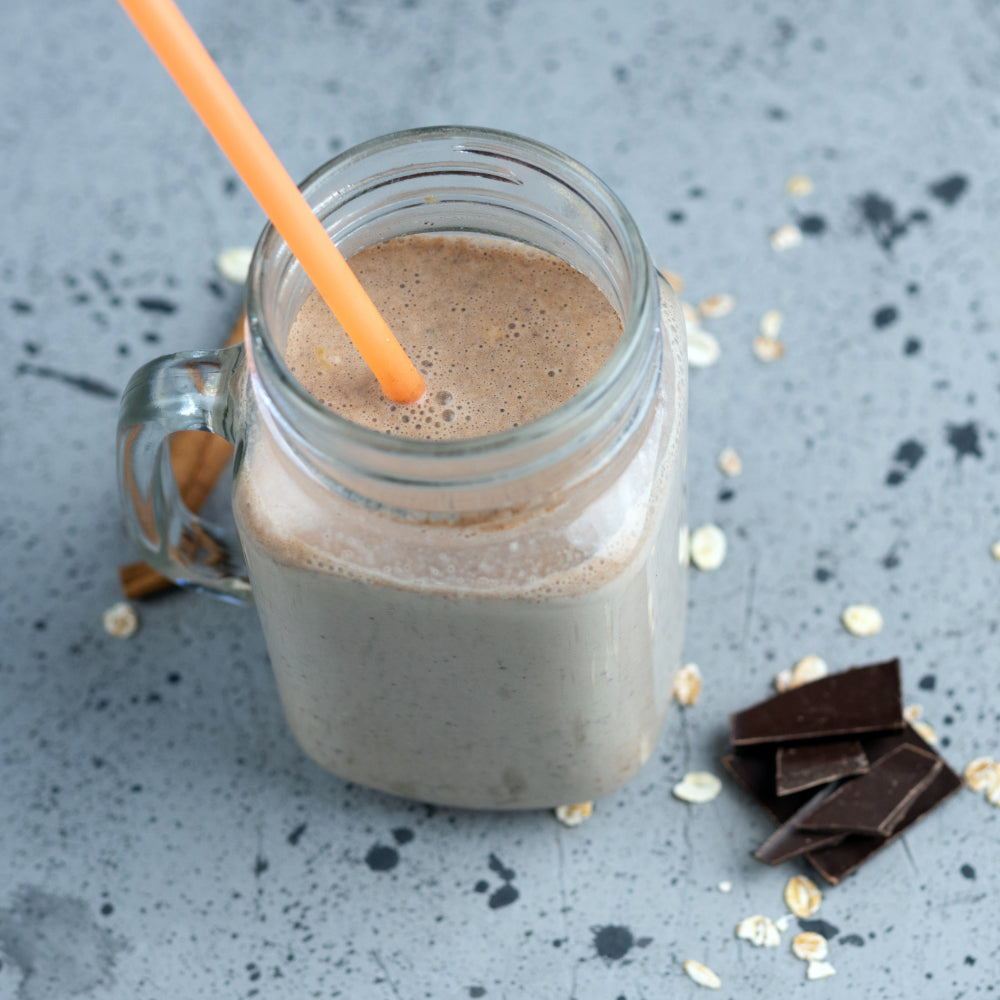
Banana Smoothie
Prep time: ~15 min
Flax seeds are rich in fatty acids and immune-boosting vitamins and minerals, dates rich in iron , fiber and minerals, and finally cocoa beans, a powerful antioxidant!
Ingredients
- 1 Banana
- 2 dates
- 100 ml Rice Milk
- 1 teaspoon Flaxseed
- 1 tablespoon hazelnut cream (optional)
- 3 NaturalBio cocoa beans or NaturalBio cocoa granola
Preparation
Cut the dates into small pieces and soak them in rice milk for about 10 minutes. Place all ingredients except cocoa beans in a blender and blend until thick and creamy. Serve topping with coarsely chopped cocoa beans or or Cacao nibs. N.B. If you prefer it more liquid, you can add more milk.
